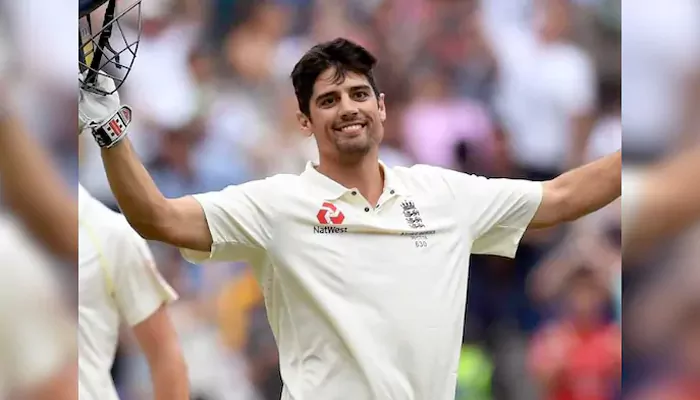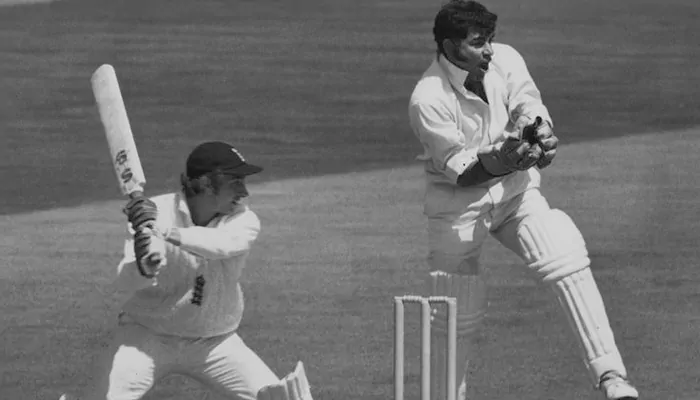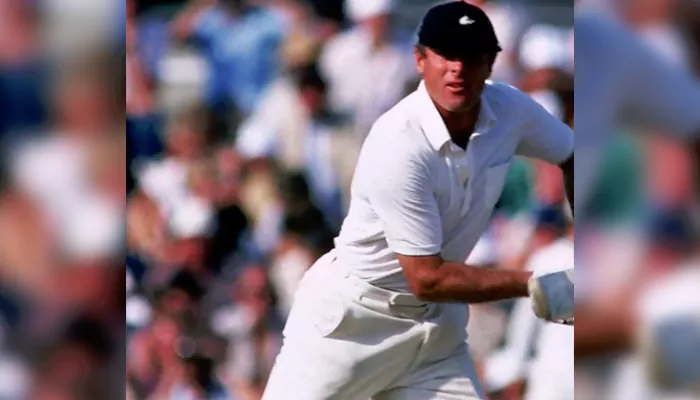
From Cook’s marathon to Gower’s elegance, these innings lit up Edgbaston and left India searching for answers
India's Test record at Edgbaston tells a bleak story — 7 defeats, 1 draw, and not a single victory over the years. Yet, despite these Indian setbacks, English batters have consistently found ways to succeed at this Birmingham stronghold. Whether setting the scene or asserting dominance, their innings have repeatedly dismantled Indian bowling attacks.
With the second Test of the 2025 series about to take place at this very ground, we reflect on five of the most commanding innings by English batters against India at Edgbaston, where patience, elegance, and sheer runs stole the limelight.
In the third Test of the 2011 series, India was already 2-0 down and desperately needed a comeback. England batted second, and Alastair Cook — in his steely, relentless style — batted as if he were made of granite. His 294 off 545 balls included 33 boundaries, with no drama.

Credit: NDTV
He guided England to a towering 710/7 declared in response to India's 224. India folded for 244 in the second innings. The match ended in an innings and 242-run defeat — one of India's worst in recent memory. Cook missed a triple century but left a mark India couldn't rub out.
Back in 1974, David Lloyd — better known to modern fans as a cheerful commentator — played an innings of calm resilience. After bowling India out for 165, England responded with 459/2 declared. Lloyd remained unbeaten on 214 from 396 balls, anchoring the innings from start to finish.

Credit: Sky Sports
India couldn't handle the pressure and were dismissed for 216 in their second innings, losing by an innings and 78 runs. Lloyd's knock didn't feature fireworks but quietly extinguished India's hopes.
David Gower epitomised elegance, and his undefeated 200 against India in 1979 demonstrated that flair could be ruthless, too. Coming in after a solid foundation, Gower capitalised on flat conditions, hitting the boundary 24 times in just 279 balls.

Credit: Wisden
England declared at 633/5. India was dismissed for 297 and then collapsed again for 253. England won by an innings and 83 runs. Gower, fittingly, received the Player of the Match award.
Mike Gatting took charge in 1986 and led from the front with an unbeaten 183. His innings was the anchor in England's first-innings total of 390, a score that gave them early control.

Credit: The Independent
Although the match ended in a draw, Gatting's knock was notable for its determination. Facing 294 balls and hitting 20 fours and 2 sixes, he kept the scoreboard moving and put India under pressure. It was one of the rare occasions where a draw felt like a victory for England.
In the 1979 match that featured Gower's double century, Geoffrey Boycott quietly played his part—occupying the crease for 341 balls and making a classic 155. His slow, measured innings frustrated Indian bowlers, giving others like Gower the chance to flourish.

It wasn't flashy, but it was essential. England posted 633/5 declared, and India was overwhelmed. Boycott's innings was a perfect example of method over madness—a pillar supporting an innings built to dominate.